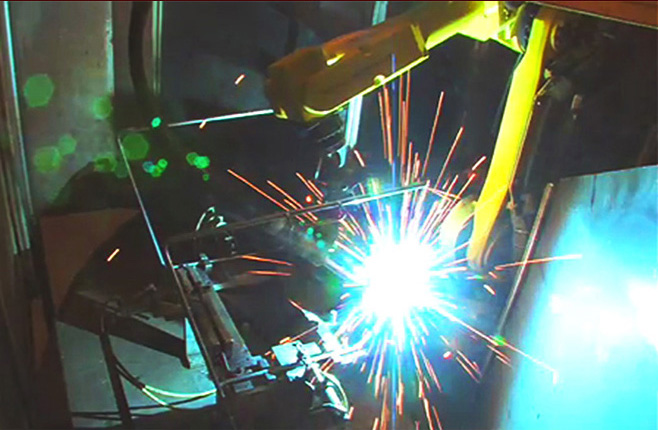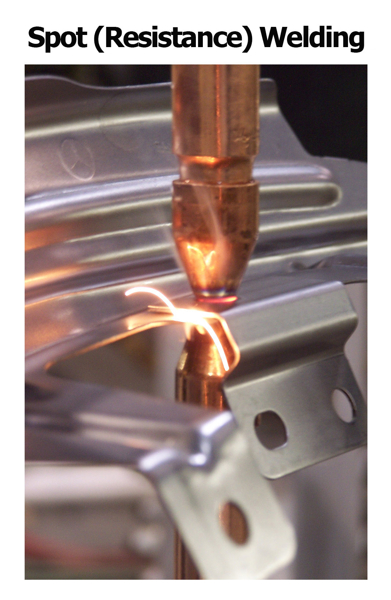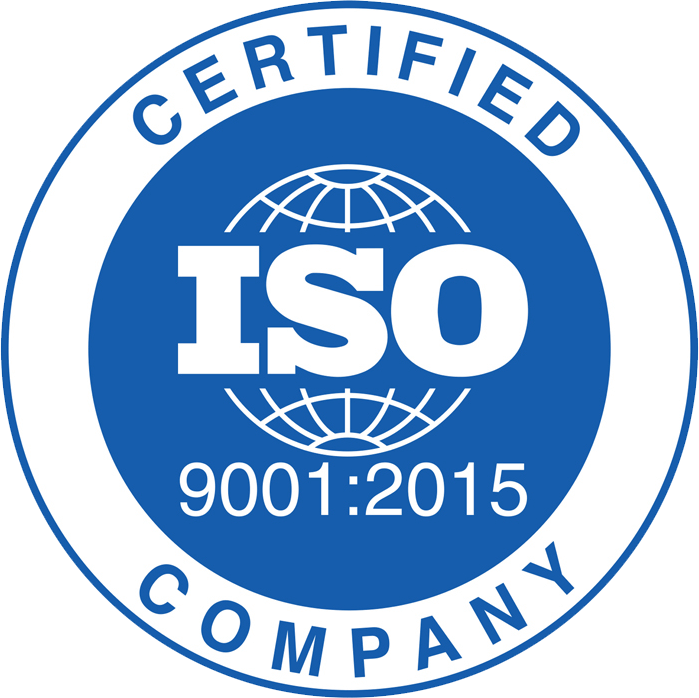
How to Design Out Wire Form Costs With Welding
When welding metal products, there are advantages to using either spot welding or arc welding. The question is, when do you use one over the other? Which will be the best fit for your particular project? Which will save you the most money?
At Argo Products, we have hundreds of years of combined welding expertise with our associates who have mastered both Arc and Spot Welding and know the quickest, most efficient technique to use for each individual project. This talent andexperience has saved our customers countless dollars.
Spot Welding (Resistance Welding) is a process used to permanently fuse two surfaces together by having an electrical current flow through the parts while they are clamped together. Resistance welds can be butt welds, cross welds, or projection welds.
Arc Welding (MIG Welding) is a process used to permanently fuse two surfaces together using a wirefeeding welder in which heat is generated from electricity to melt filler metal and base metals to form an airtight weld.
Listed below are some pros and cons of Arc and Spot Welding
Spot Welding Pros
- Quickness of Weld – This process adheres 2 pieces of metal together quickly, uniformly and efficiently, giving your project a cleaner look than Arc Welding. Since it is quick, it does not distort either of the two components.
- Less Expensive - It is much more cost effective to spot weld. It lends itself well to assembly line productions.
- More Energy Efficient – Typically, it is a much more efficient process utilizing energy and electricity more effectively than other types of welding processes.
- Well Understood - Spot welding is one of the oldest welding processes. The process is fully defined and easily applies to many thin metals such as stainless steel, nickel alloys and titanium.
Spot Welding Cons
- Welds can be Weak - Spot welding cannot be used for thicker metal materials because it will not penetrate or form a good weld. Spot weld projects and finished jobs are easy to break apart if necessary. The strength of a spot weld depends on the force and temperature that has been applied and on the cleanliness of the electrodes and metal.
- The Process can be Dangerous - Portable spot welding guns are difficult to handle, can be very heavy and often require great strength. This makes spot welding very dangerous. High amounts of heat and current are involved in the process.
- Limitations on Materials – Spot Welding is not recommended for aluminum, copper, or copper alloys. Use for steel and stainless steel only.
Arc Welding Pros
- Flexibility - MIG Welding adapts to different surfaces and does not always require a great deal of fixturing.
- Long, Uninterrupted Welds - Used to fuse long surfaces continuously such as bridge trusses and large truck assemblies.
- Weld Dissimilar Metals - MIG welding enables round rod, flat sheet and tubular products to be welded at the same time.
- Weld Location - MIG Welds can be located anywhere along the surface.
Arc Welding Cons
- Maintenance - There is the need to replace the weld electrode in Arc Welding frequently.
- Workmanship and Care - It is necessary to remove the slag and spatter from the weld.
- Safety - When welding, very bright light is produced. The welding operator should wear eye protection. The welder should also wear protective gear, so that he is protected from electric shock, burns and other problems that might arise while welding due to high intensity of heat.
- Material Appearance and Finishing - MIG Welding includes the possibility of excessive melt-through and incomplete joint penetration or fusion. MIG Welds are known to leave deposits that are heavily oxidized, requiring surface preparation for finishing.
If your project can be either spot or arc welded, there are definite pros and cons for both. In general, we have
found for volume projects that Arc Welding has more expensive tooling costs (greater than 2X higher) and
processing costs (greater than 20% higher) than Spot Welding.

Argo Products Company is a low cost ISO 9001 value added, custom manufacturer of complex metal products using combined CNC Wire Formed, Stamped, Robotic Welded Assembly Solutions including Kitting, Pa..
Read MoreQuick Links
About Us Services Our Projects Wire Forming Metal Fabrication News Quality Assurance Job Opportunities Supply Chain Inventory Management Supplier Restricted Material Contact Us Privacy Policy© 2025. Argo Products Company, All Right Reserved. Industrial Website Design - WYSIWYG Marketing

